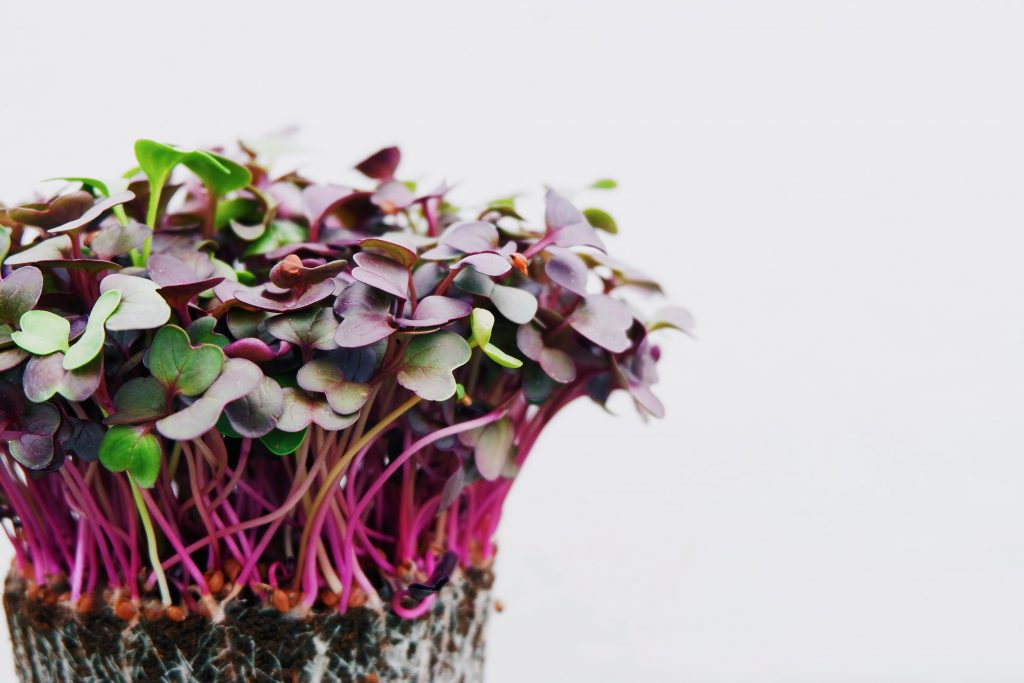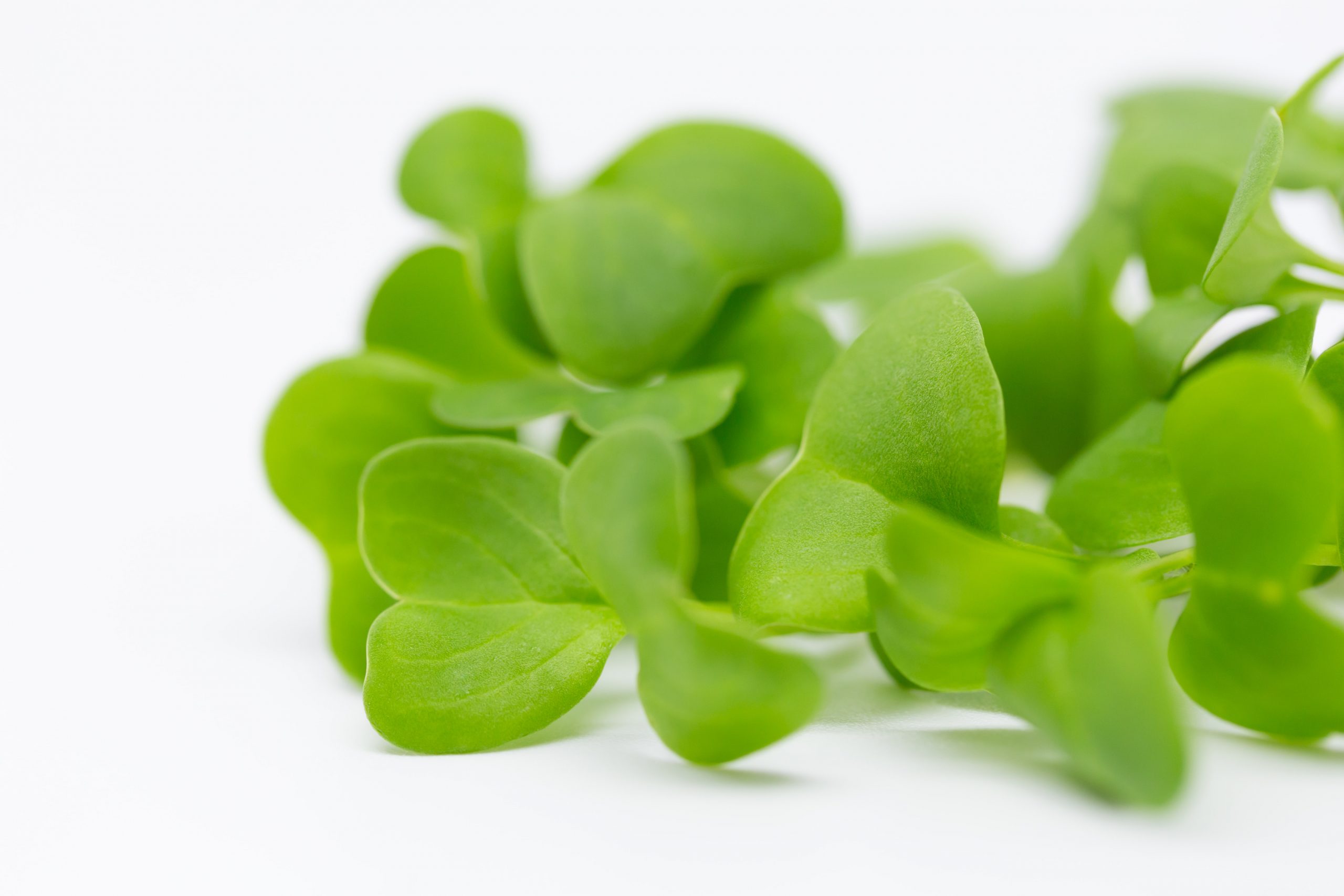As soon as vegetable and herb seedlings have developed the first young and tender leaves, they can be harvested as microgreens. At this stage, the plants are packed with nutrients and vital substances. From these they get up to 40 times more than adult vegetables.
In addition to vitamins and minerals, microgreens contain many secondary plant substances such as carbohydrates, proteins and fats, which have a health-promoting effect on the human body. These are also called phytochemicals and protect, for example, against pests or UV light, fulfill signal functions or form scents, colors and flavors.
Each plant develops its own unique substances. So far, around 100,000 different secondary plant substances have been identified, of which around 5,000 to 10,000 serve as human food. In pharmacy, too, numerous drugs are created with phytochemicals as a basis.
There are chemically different groups of secondary plant substances:
Polyphenols, carotenoids, phytoestrogens, glucosinolates, sulfides, monoterpenes, saponins, protease inhibitors, phytosterols and lectins.
According to current studies, many of these substances can protect against various types of cancer, have antihypertensive, anti-inflammatory, antibacterial and neurological effects. Studies are discovering many interesting new properties of phytochemicals.

Since microgreens are eaten raw, no valuable substances are lost through heating. They keep their full, intense taste and garnish favorite dishes with their strong colors: from light to dark green, or dark red to violet
The cultivation takes place vertically, in closed rooms and is possible all year round, regardless of the weather. This saves 80% cultivation area and uses 90% less water. Good soil, good seed, water and light, that’s all it needs.

